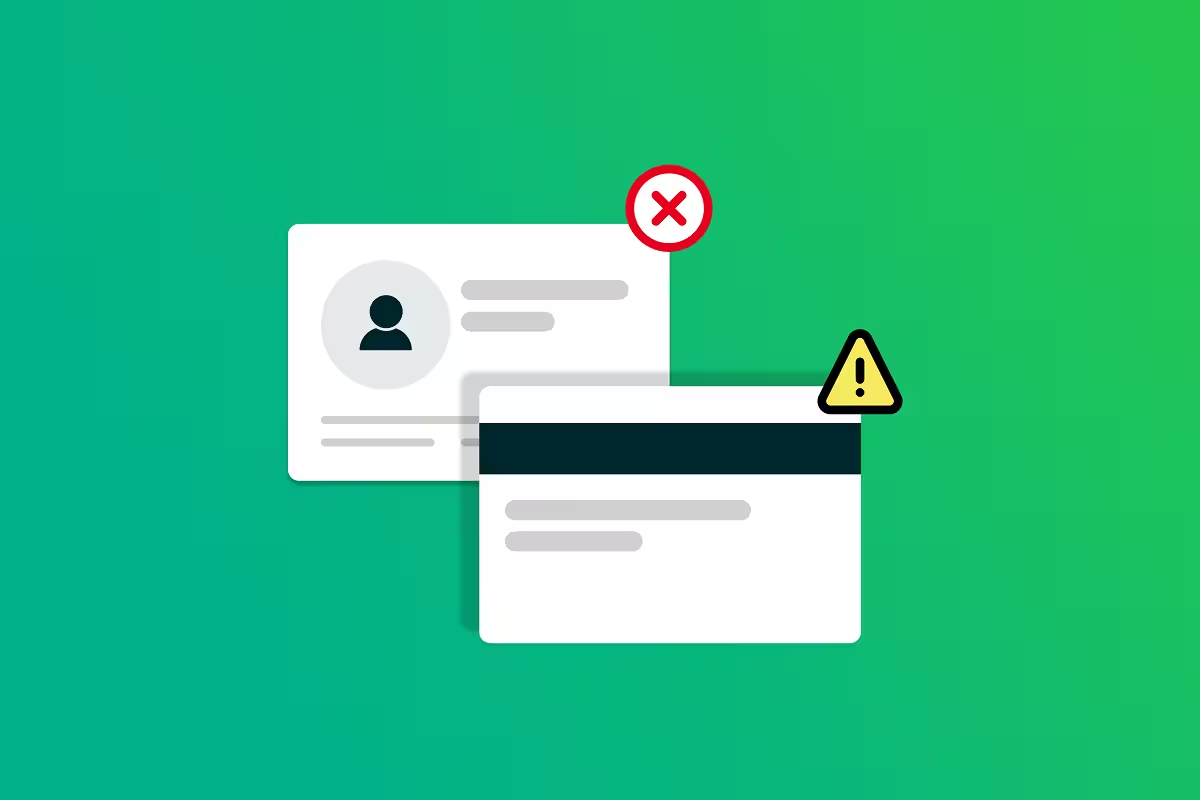
Involuntary churn: What you need to know and how to stop it
Editor’s note: Prefer video to text? This guide is based on Butter’s on-demand webinar, Payment Teardown: Unlock revenue you didn’t know you lost.
Driving top-line revenue growth is more challenging than ever due to increased competition and high customer acquisition costs. In response, savvy subscription brands are laser-focused on reducing subscriber churn.
However, what many merchants don’t realize is that the most effective way to bolster retention is by curbing the impact of involuntary churn caused by failed payments.
What is involuntary churn?
There are two types of churn: active and passive. Active churn occurs when a subscriber intentionally cancels their recurring order. Passive churn, also known as involuntary churn or accidental churn, occurs when a legitimate payment transaction fails, resulting in the cancellation of the subscriber's recurring order even though they still want the product or service.
Involuntary churn accounts for up to 50% of customer churn.
The impact of involuntary churn cannot be understated. Studies show that it accounts for up to 50% of overall customer churn, resulting in $440 billion in annual losses across the subscription industry.
Impact of payment failures on your business
The average subscription brand loses 10% of their annual recurring revenue to involuntary churn caused by payment failure. To put this in perspective, a $100 million business is losing a minimum of $10 million to failed payments.
While the most apparent outcome of failed payments is the loss of revenue and subscribers, there is a less-understood yet crucial aspect of failed payments that brands often overlook—their negative impact on payment health.
Simply put, failed payments steal your subscribers—and your revenue.
The payments ecosystem is complicated and interconnected. As instances of involuntary churn increase, authorization rates typically decrease. In other words, not only are brands losing their hard-earned subscribers, but they are also onboarding fewer subscribers.
Here's why: Each business has a Merchant ID (MID), which is similar to a credit score. Processors and banks use your MID to assess the trustworthiness of your transactions. The more failed payments you have, the more your MID score drops.
Processors and banks are cautious when dealing with businesses with a low MID score. Each transaction is heavily scrutinized, causing more declines.
Simply put, failed payments steal your subscribers—and your revenue.
What causes involuntary churn?
We mentioned this up top, but failed payments are the leading cause of involuntary churn. The most common reasons for payment failure are technical issues, fraud, insufficient funds, an expired card, and incorrect cardholder information.
Why is involuntary churn so difficult to solve?
When a payment fails, merchants are provided with a decline code, a two-digit alphanumeric number intended to detail the cause of the failure. Payment processors, card networks, or the issuing bank typically send the codes.
While decline codes might sound simple, they are incredibly complex. There are 128 data points associated with every transaction and more than 2,000 unique decline codes. Furthermore, decline codes are often grouped into a related, generalized code. For instance, “generic decline” accounts for approximately 40% of all error codes. As a result, the cause of a failed payment is often opaque (at best).
How to reduce involuntary churn caused by payment failure
Subscription merchants typically use one of three strategies to address—or attempt to address—involuntary churn.
1. The brute force method
The most common approach is to rerun failed transactions in a scheduled way—a set number of retries over specified dates and times. This is the brute force method, also known as the woodpecker approach (think of a woodpecker in a tree, hammering away to get to its lunch).
This aggressive strategy overlooks the specific reasons why a payment fails and may actually cause more harm than good. Over-retrying failed payments can negatively impact your subscriber experience, increase costs (as merchants are charged for each attempted transaction), and result in more transactions being flagged for potential fraud, thereby kickstarting the revenue-loss flywheel discussed earlier.
Over-retrying failed payments can negatively impact your subscriber experience, increase costs, and result in more transactions being flagged for potential fraud.
2. Dynamic decline handling
Strategic brands use dynamic decline handling to address payment failures. These brands have analyzed their failed payment data and implemented unique retry strategies across decline codes. For example, brands that use this approach might study all failed payments due to insufficient funds and determine that they should retry on Mondays and Tuesdays for weekend workers. This is the approach that most brands should strive for when initially addressing involuntary churn resulting from failed payments.
3. Bespoke recovery strategies through machine learning
The most efficient strategy to reduce involuntary churn and claw back more revenue is to utilize machine learning. Brands can analyze their transaction data to determine and implement bespoke recovery strategies for each category of failed payments. For instance, with machine learning, brands can develop customized strategies to address issues such as insufficient funds and cross-border transactions.
The primary difference between this strategy and dynamic code handling lies in scope and effectiveness. Machine learning enables you to parse more data and detect patterns that would be nearly impossible to see through human observation. This enables a more effective recovery strategy that evolves and adapts to your business.
However, collecting and analyzing vast amounts of subscriber and failed payment data is prohibitively expensive and resource-intensive. It requires building a payments team that includes machine learning experts and then developing an ML model. The entire process, from hiring to launch, typically takes between 1.5 and 2 years.
Merchants that want to implement this strategy should partner with a third-party failed payments solution, such as Butter. Using a dedicated provider simplifies the process, so you can start recovering revenue faster. It also frees resources to focus on what truly matters to your business: delivering a great product and driving growth.
Butter’s machine-learning-powered solution implements bespoke recovery strategies and self-optimizes to recover more revenue, faster. Merchants who partner with Butter boost LTV, improve overall payment health and gain more visibility into how payments impact their business. Brands typically see 10%+ in top-line growth with Butter.




